Deep sea vents: Exploring a strange world
Deep sea vents are fissures on the seabed where geological activity heats the seawater to extreme temperatures, issuing chemicals and minerals in the process.
In 2010, scientists from the UK's National Oceanography Centre and the University of Southampton were the first to gaze upon the deepest and hottest vents discovered so far, in the Cayman Trench at the bottom of the Caribbean Sea.
Three years later, the scientists have returned and have already sent back stunning images of the creatures in the deep. Use this guide to explore further.
Inside a deep sea vent
Science editor David Shukman explains how deep sea vents, rich in mineral deposits, are formed by volcanic activity in the furthest reaches of the ocean.
Tectonic plates
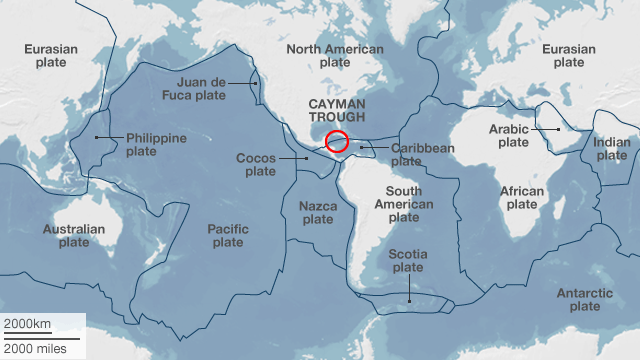
Hydrothermal vents are found in areas of volcanic activity, such as ridges formed by geological processes. The National Oceanography Centre from Southampton is exploring the depths of the Cayman Trough
Rimicaris hybisae shrimp
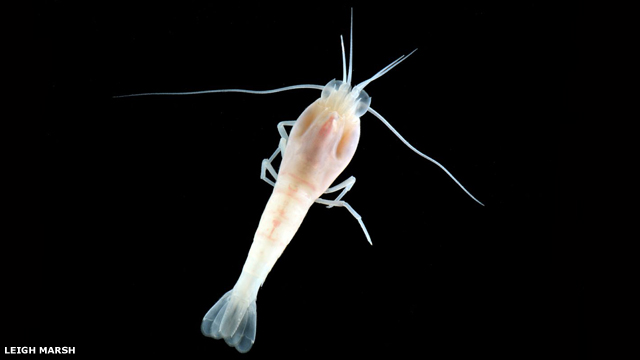
Organisms have adapted to cope with the extreme conditions at the vents which can reach 450C. This shrimp which lives in the warm waters close by the vents was discovered in 2010. It has no normal eyes, but a light-sensitive panel on its back may pick up the faint glow of the vents.
Unidentified seastar
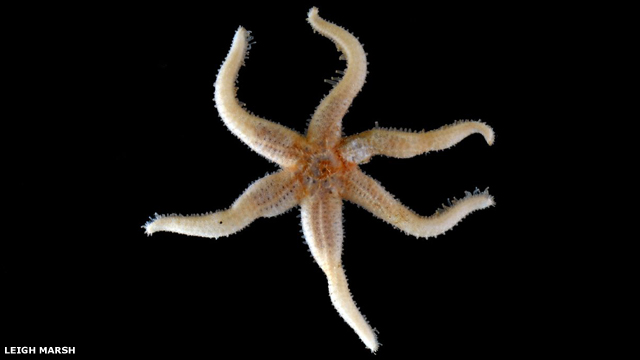
The Southampton team are sending back new images from the Cayman Trough, including this as yet unidentified seastar. Life at the vents depends on chemosynthesis - conversion of chemicals to energy, rather than photosynthesis which supports almost all the rest of life on Earth.
Glass sponge
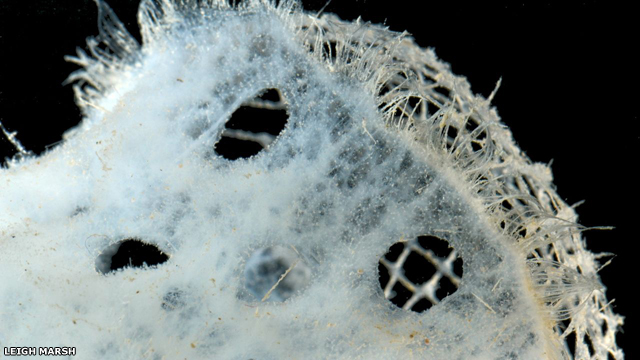
Glass sponges are so-called because they make their skeletons out of silica. Elsewhere, glass sponges have been found forming reefs but those observed so far in the Cayman Trough have been solitary.
Lamellibrachia tubeworm
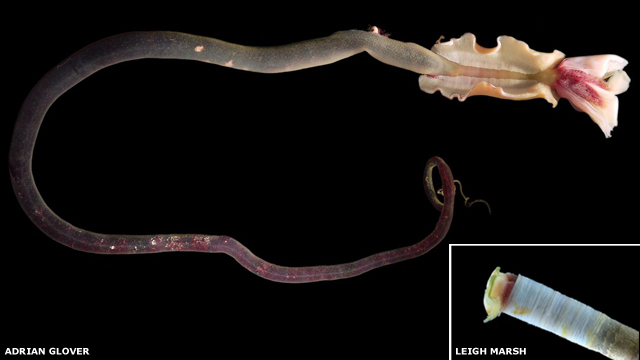
Tubeworms rely on bacteria for their nutrition which allows them to make use of the chemicals emerging from the sea floor. On the current expedition, the scientists have discovered specimens such as this one (removed from its tube), measuring 60cm.



 Drones bounce back from collisions
Drones bounce back from collisions